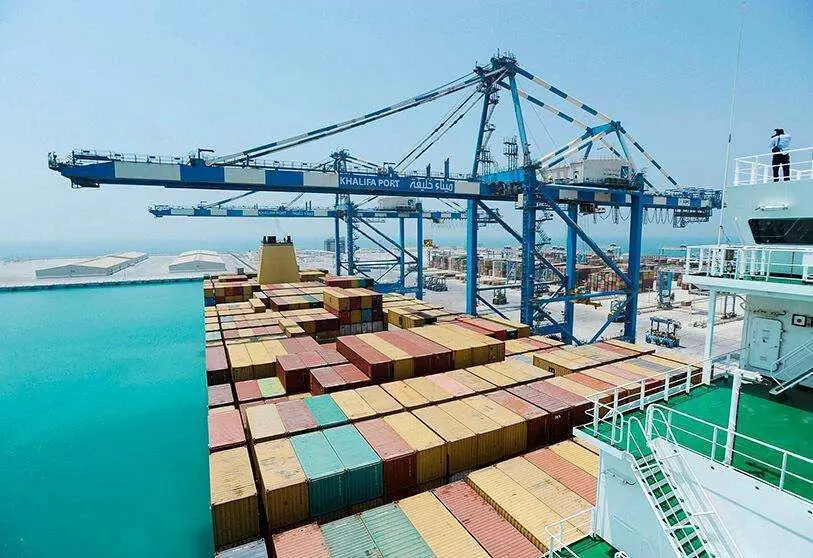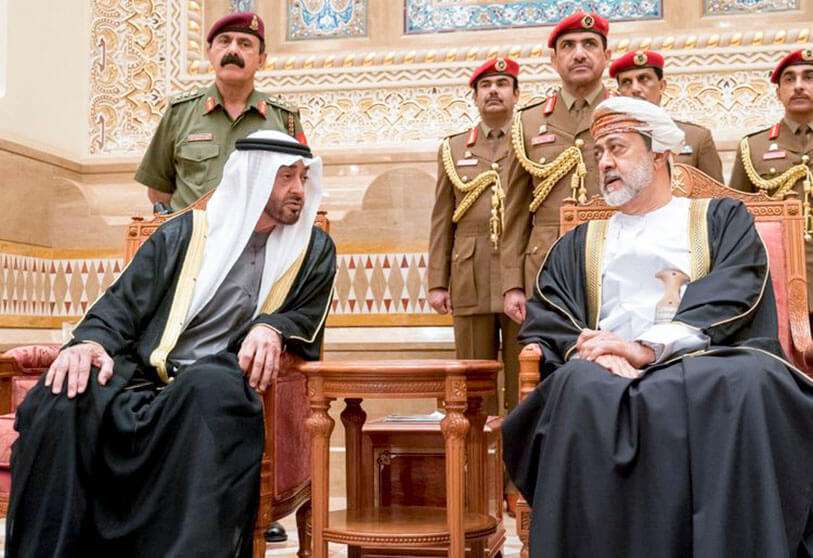Non-oil trade between Oman and the UAE reaches record highs

The growth in non-oil trade relations between the UAE and Oman is close to a 100% increase over last year, reaching a total benefit of more than 100 billion euros in the last decade.
Year on year, non-oil trade exports have been increasing, rising from 23.4 billion Emirati dirhams in 2012 to 46.5 billion in 2021, according to data from the Federal Centre for Competitiveness and Statistics (FCSC). These non-oil export movements accounted for about 33% of total non-oil trade over the past 10 years, while re-exports were 45.5% and imports exceeded 21%.

According to the volume report data, already in 2013 trade between the two countries increased by 23% compared to the volume in 2012. The year 2019 saw the highest rate of trade between the Sultanate of Oman and the Government of the United Arab Emirates. By 2020, Oman accounted for 20% of total Emirati foreign trade. "We are working to strengthen investment in Oman in specific sectors," said Redha al-Saleh, president of the Oman Chamber of Commerce. Moreover, he added, Oman is working to create potential and strengths to encourage domestic and foreign investment in sectors aimed at logistics diversification and tourism. The volume of trade between the two countries amounted to 24.2 billion dirhams in the first half of 2022, according to WAM news agency.
Among the most imported products are petroleum oils and mineral oils, which topped the list of the five most traded products between the two countries with a value of 1.49 billion dirhams. The products that finish the list are iron ore concentrates (1.45 billion), iron or steel bars (1.36 billion), semi-finished iron or steel products (830 million) and insulated wires and cables (370 million dirhams).

The list of the most exported products to Oman is headed by raw gold in both semi-finished and powder form (2.41 billion dirhams). Rounding out the top five exported products are copper cables (1.31 billion), followed by petroleum and mineral oils (916 million), cigarettes (889 million) and finishing the list, steel products with a value of 765 million Emirati dirhams.
In the list of the main commodities re-exported in 2021 (export of foreign goods in the same state in which they were previously imported) we find that automobile was the most re-exported commodity (3.47 billion), followed by automobile parts and supplies (631 million), mobile phones with a (1.84 billion), data processing machines (625 million), soaps and laundry products worth 584 million dirhams.
Meanwhile, the Sultanate recorded a budget surplus of $2 billion in the first half of the year driven by higher oil and natural gas sales, as reported by the country's Ministry of Finance. This represented a 54% growth over the previous year, while spending increased by 8.6 %. Rising oil demand and prices in the wake of the crisis in Ukraine have pushed crude oil above the breakeven level for almost all Middle Eastern producers, raising the possibility of significant budget surpluses for even the weakest economies if prices remain high. Good economic relations between the two countries are being helped by the two countries' intention to cooperate. This reciprocity is seen in meetings such as the one on Tuesday where, according to the Muscat Daily, "the two countries are seeking economic integration by enhancing financial and investment opportunities".








